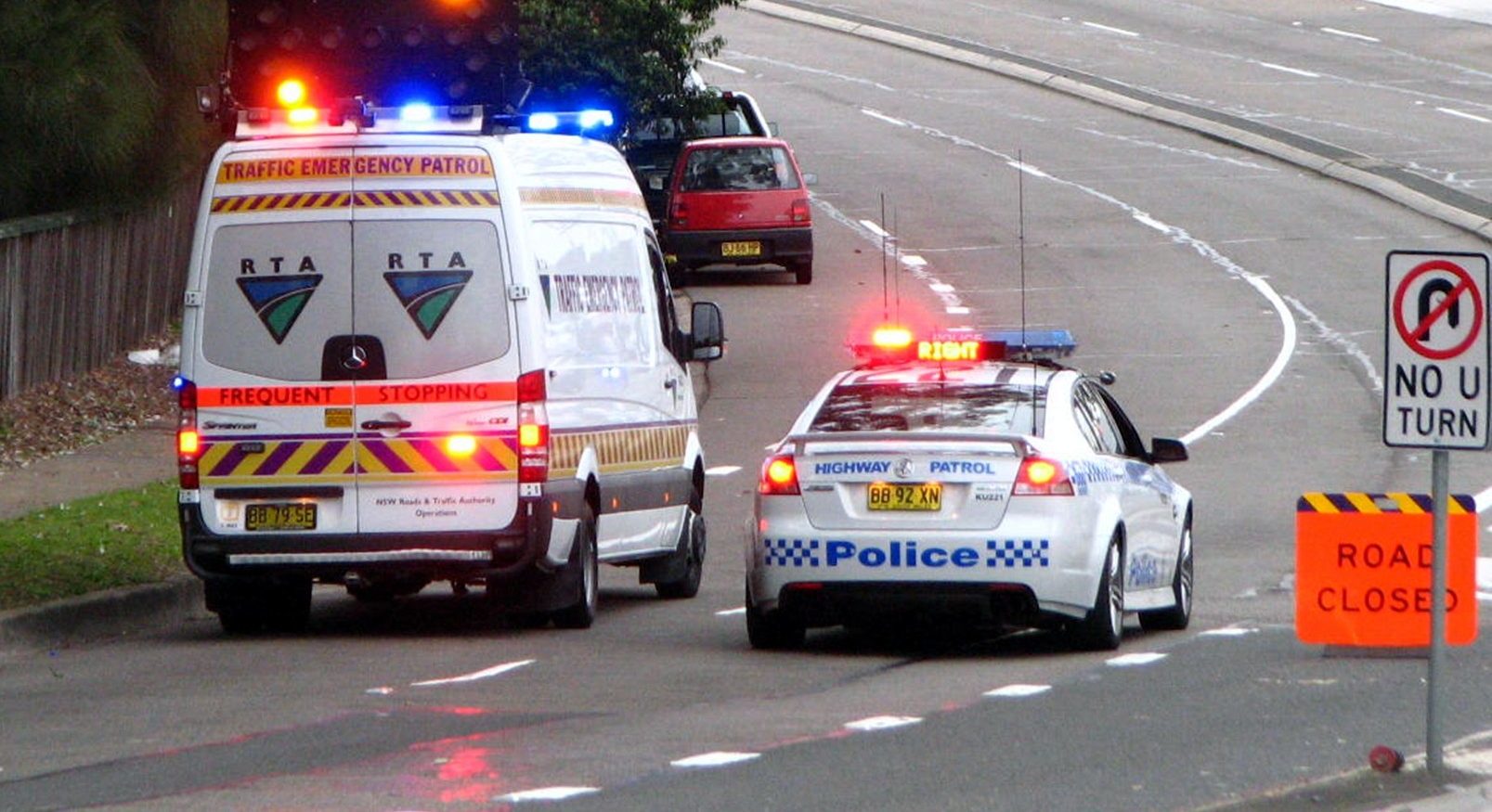Affiliate links on Android Authority may earn us a commission. Learn more.
Google's Emergency Location Service comes to Android, arriving first to UK and Estonia

The same combination of radios used to plot your position on Google Maps or tell your favorite apps exactly where you are located will now be used to help first responders more accurately pinpoint your location when you place an emergency call.
Google just rolled out Emergency Location Service for Android 2.3 and higher, covering up to 99 percent of Android handsets with that breadth of support. But it’s up to your mobile network provider and your local EMS to support this upgrade for enhanced 911 (E911) calls.

Emergency Location Service leverages your mobile device’s Wi-Fi, GPS and cellular radios to help first responders more accurately triangulate your position. This exchange of information, which is only transmitted during an E911 call, is between you and your local EMS. Google is keeping its hands off of the data and is making sure even the neediest of apps don’t get a peek at it.
The service is available now through various emergency agencies and cell service providers in the UK and Estonia, including providers Vodafone and BT. As previously mentioned, it will be up to emergency response agencies and carriers to work with Google in order to expand this support to more regions, but we imagine it won’t be long before we see this feature reach more countries in Europe. And whenever the Federal Communication Commission completes its ongoing campaign to nail down E911 rules in the US, you’ll surely see the service arrive in the states as well.
For now, those of you in the US will have to make due with E911 service that relies solely on cell tower triangulation. On top of that, the FCC is still trying to install rules that require mobile network operators to align cell tower antennas more precisely so that they provide more accurate location data.